
A few days ago I saw an appeal to sign a petition to save a small area of wildlife habitat in my hometown of Dartford in England which has been described as a “wildlife gem” where birds such as Sedge Warbler, Reed Bunting, Cetti’s Warbler and Nightingale have occurred. There is precious little habitat for these species within the Borough of Dartford so it was disappointing to hear of this habitat being under threat. We have all read about rain forest destruction, poaching of endangered species and melting ice caps but conservation should start at home so considering how lots of wildlife habitat in this area is under threat from development and agricultural intensification, in the form of polytunnels, I was keen to take a look myself to see if I could do anything to help in the conservation local wildlife.
The site in question is right next to the Queen Elizabeth II bridge connecting Kent and Essex and is only accessed through an area of warehouses and offices; an area that within my lifetime was fields that were criss-crossed with reedy ditches and hedgerows. Many of these are still present but instead of marking field boundaries they now create small green corridors between the buildings but are still home to quite a lot of wildlife including nesting Reed Warblers.
Among all the warehouses there are several pools, ditches and hedgerows that although they are small and suffer from human disturbance, they are at least linked together, creating wildlife corridors. However, the area is largely industrial with little room for wildlife except that adjacent to the Thames flood defence is an area that is open and (as yet) not built upon. However, when I arrived this was the scene.
Not much remaining! The site has been cleared of all vegetation and leveled, ready for building. Well, in theory the habitat could be restored but in reality it looks like things have gone too far and there will be yet more warehouses here. However, what remains is a strip of grassland alongside the river which is full of common wildflowers and butterflies while on the other side of these works there is an area of willows, a small pool, hawthorns and a small area of reeds (Phragmites). These are two useful, but small, areas of remaining wildlife habitat but the problem is now that they have been separated from each other: habitat fragmentation is a huge problem for wildlife. You can see the two fragmented areas in these photos.
Fragmentation of habitat not only reduces the areas available to wildlife but it also degrades what remains. With an ever decreasing about of habitat for birds along the banks of the Thames this are could have been a valuable wildlife corridor between Dartford marshes and the Swanscombe Peninsula, both of which play host to Dartford’s last remaining Reed Buntings, Sedge Warblers and Reed Warblers as well as rarer species such as Grasshopper Warbler, Bearded Tit and Marsh Harrier. Unfortunately, unless planning permission at this site is revoked immediately it seems to be too late here.
The summer 2019 issue of Wildlife Kent (the member magazine for Kent Wildlife Trust) has this to say on the issue of habitat destruction.
“Our wildlife is in trouble. Natural habitats are shrinking, becoming fragmented and isolated by roads and other developments. With every tree that is lost, there are fewer natural cavities in which bats and birds can roost and nest. Nature no longer has the space it needs to thrive.“
While common wildlife species will continue to do ok along the grassy flood defences the loss of this link between Dartford marshes and Swanscombe peninsula highlight the importance of protecting these areas; the latter in particular is earmarked for development even though it is home to the only Bearded Tits, Marsh Harriers and nesting Grey Herons in the Borough of Dartford. Has Dartford council forgotten that it is duty bound to not only protect biodiversity within its remit but to help it flourish? Yet it prefers to allow it to be destroyed for minimal human economic benefit.
If you wish to register your protest to Dartford Council over the destruction of wildlife under its “protection” then the petition is here – Save Dartford’s Widlife.


 July 17th, 2019
July 17th, 2019  Nick
Nick 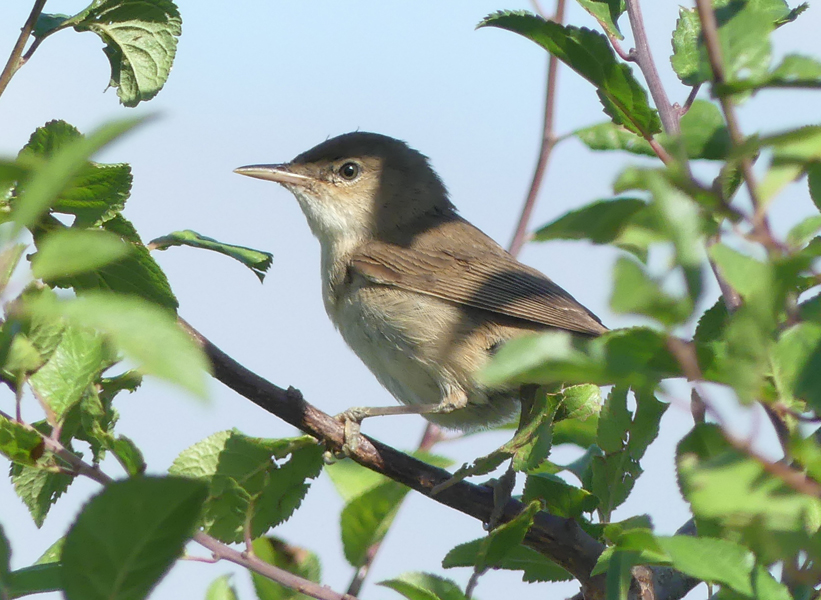
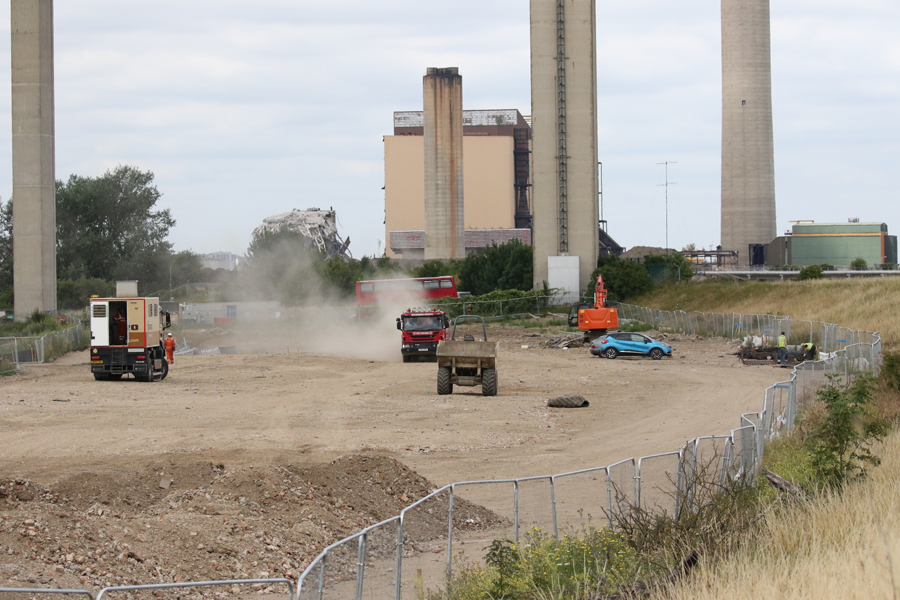
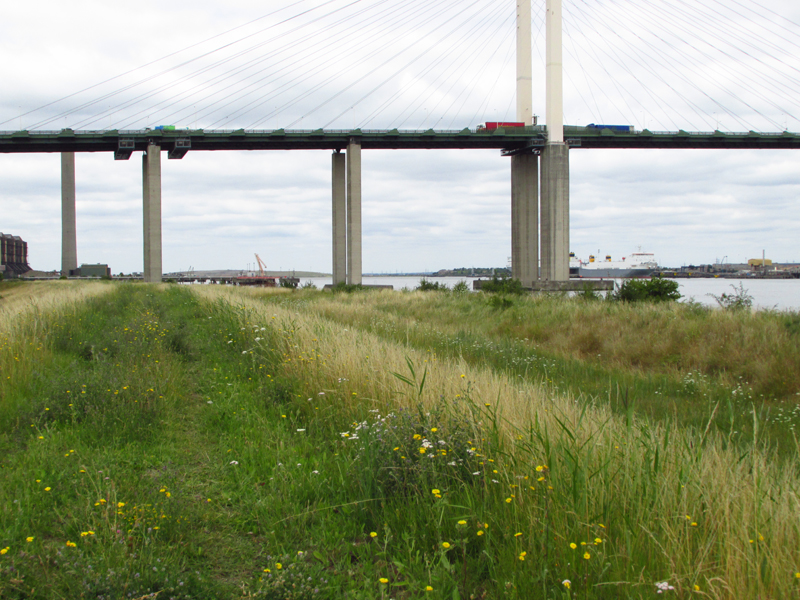
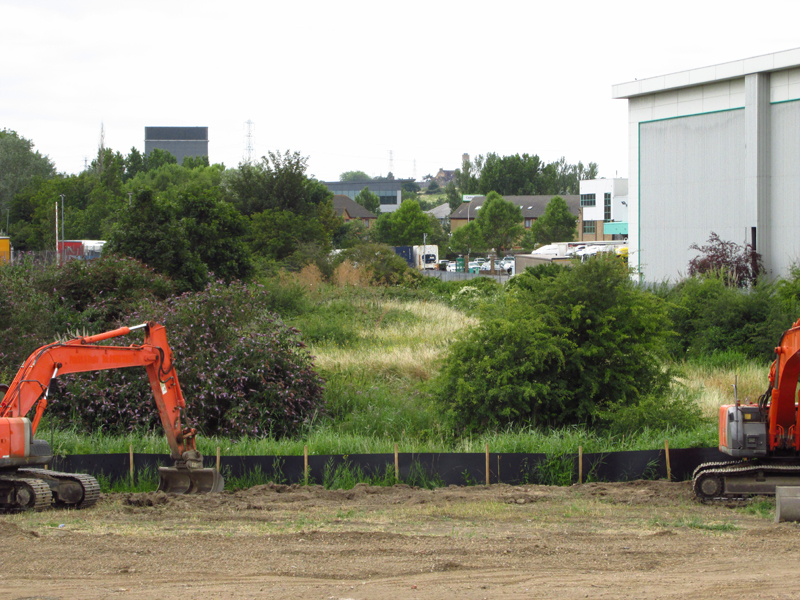
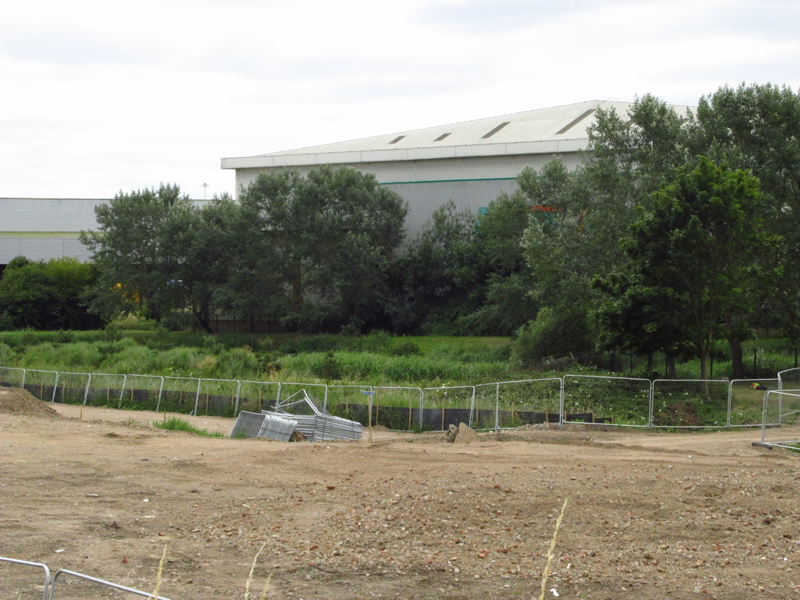
 Posted in
Posted in  Tags:
Tags: 










